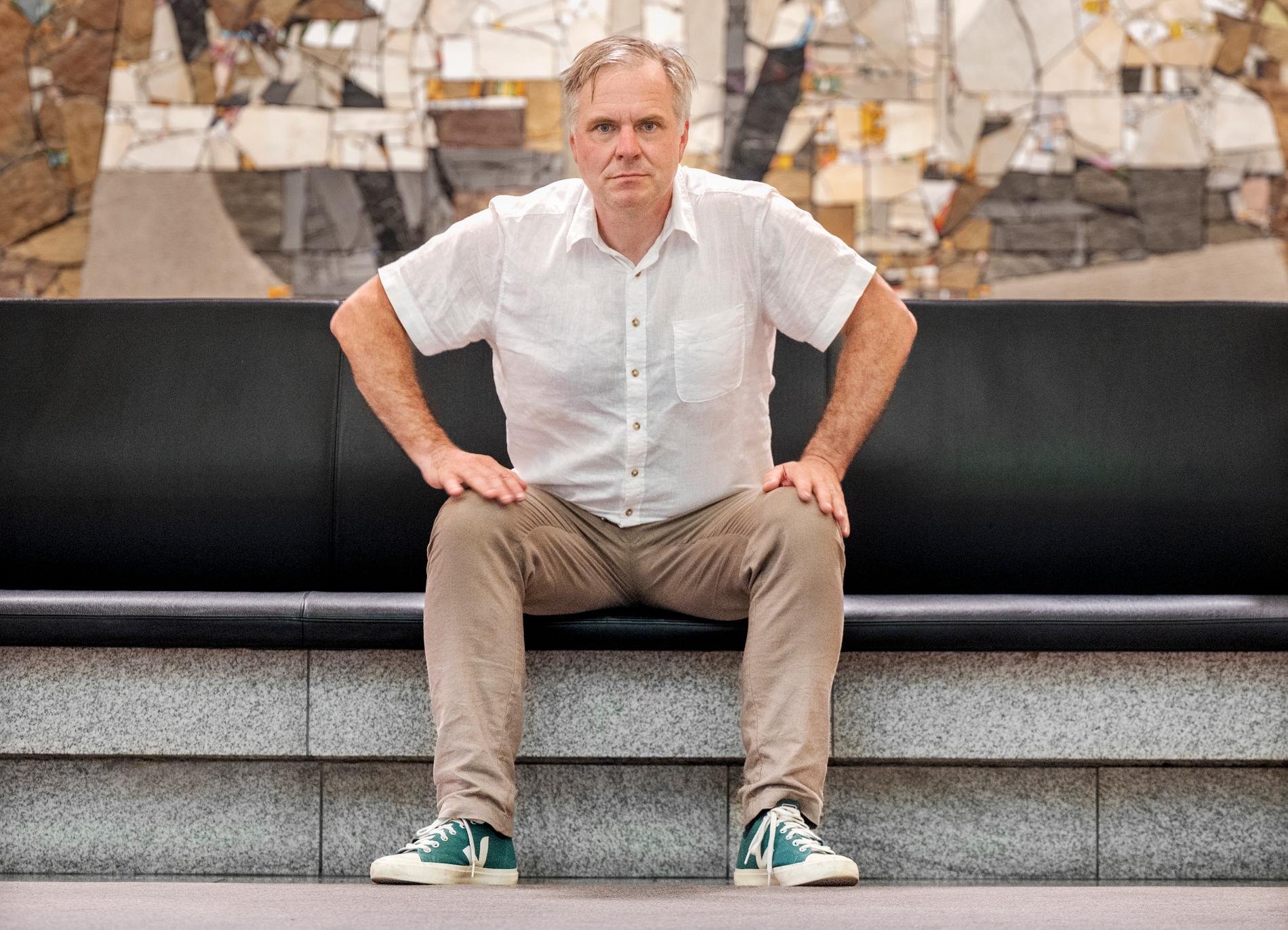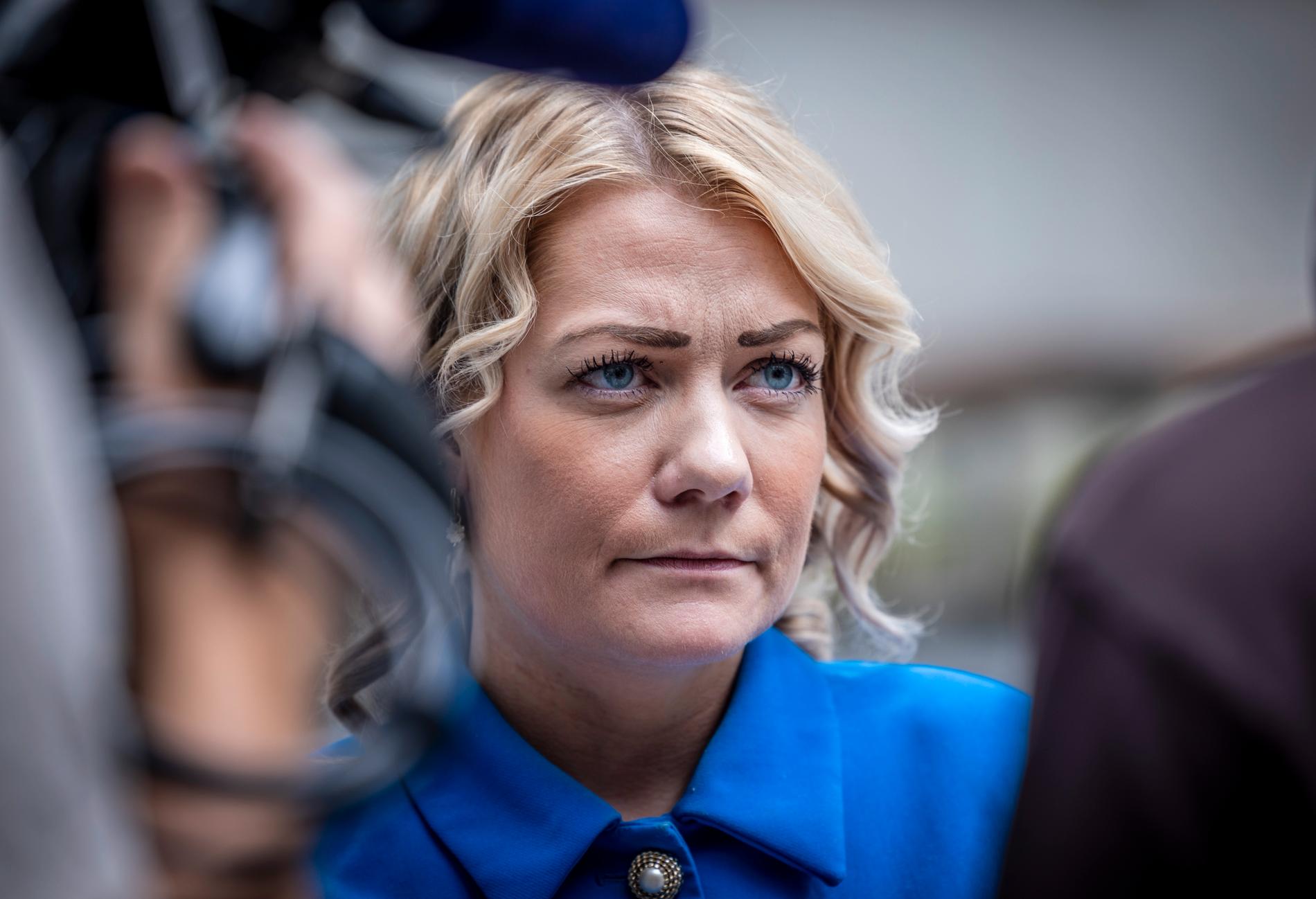The left believes that it is “obvious” to adapt agricultural policy to dietary advice. – We produce what people want, replies the Minister of Agriculture.
With the new dietary advice, it is expected, and some wish, that the food consumption of the Norwegian population will change.
More vegetables, fish and whole grains – less meat, milk and sugar. And no alcohol.
If the forecasts and expectations regarding these changes come true, it will undoubtedly mean a restructuring of agriculture in this country.
But a proposal that the government should follow through on existing obligations regarding such a change in farming was too controversial and was rejected.
This made Liberal Party parliamentarian Alfred Bjørlo react.
– There is a fear within the Center Party in particular to talk about the need for changes in agriculture.
He believes that it is “obvious” to adapt agricultural policy to dietary advice.
– This is actually something that agriculture and government have already agreed on. But the government wants agricultural policy to be in one block, food policy in one and climate policy in one. It does agriculture a disservice.

In a 2022 Health Directorate dietary report, it appears that meat consumption has increased in recent years, while fish and fruit consumption has decreased.
So far, there are few signs of dramatic changes in the Norwegian diet.
Nevertheless, Bjørlo wants changes in agriculture.
– The least the authorities can do is make it easier to get what you are recommended to eat: more green vegetables, fruits and cereals.
The VG commentator: – Strict advice that becomes difficult to follow.

read also
Against dietary advice: – Contributes to creating real health anxiety
The new Nordic diet advice on less red meat and zero alcohol doesn’t sit well with everyone.
– We produce what people want
– Firstly, dietary advice is precisely advice to consumers. There are no laws or rules, so to speak, says Agriculture Minister Sandra Borch (Sp).
She categorically rejects Bjørlo’s criticisms.
– The production of fruit and vegetables is the one that has received the largest increase in subsidies in this country.
The minister also believes that increasing self-sufficiency is a goal. Where self-sufficiency today is low, eg fruits, vegetables and cereals.
– It is an ambition to turn the consumption model towards green vegetables which can replace, for example, avocados, which we import a lot, and cereals which can replace rice, which we must also import.

The new Nordic dietary advice, which has sparked a debate recently, is also not yet applicable in Norway.
– Before welcoming them, we have to adapt them to the conditions in Norway, explains Borch.
– But isn’t it an objective for the government to produce food according to dietary advice?
– Our goal is to produce food that consumers demand. Consumption habits are changing slightly, especially among young people who want more greenery. But simply cutting all support for animal production is not the way to go.
– A climate hoax
Bjørlo, for his part, believes that the government is trying to protect agriculture from climate measures.
– They’re playing a double game. On the one hand, they say we had the greenest agricultural colony ever. On the other hand, they think Norwegian agriculture is meat and milk.
The item marked as environmental and climate measures in this year’s agricultural regulations has been increased by more than one billion crowns, but the Liberal Party believes that this has no effect.
– This has been billed as the biggest climate investment in agriculture ever. But it’s a climate hoax. Almost all of the increase is a pasture and acreage subsidy. That’s fine to some extent, but it has absolutely no effect on the climate, he argues.
He says the government is playing a double game when it touts the farming colony as the greenest ever.
– On the other hand, they believe that Norwegian agriculture is meat and milk.
The minister absolutely disagrees with that.
– The production of fruit and vegetables is the one that has received the largest increase in subsidies. We are moving agriculture in a more environmentally friendly direction than when the Liberals were in power,” she concludes.

“Hardcore coffee specialist. Unable to type with boxing gloves on. Devoted internetaholic.”






